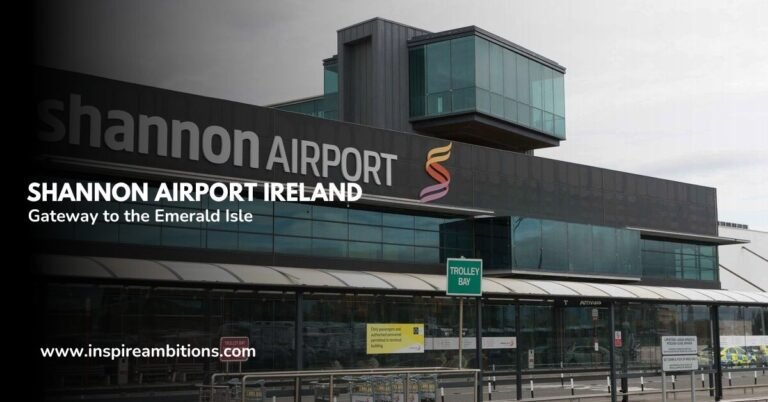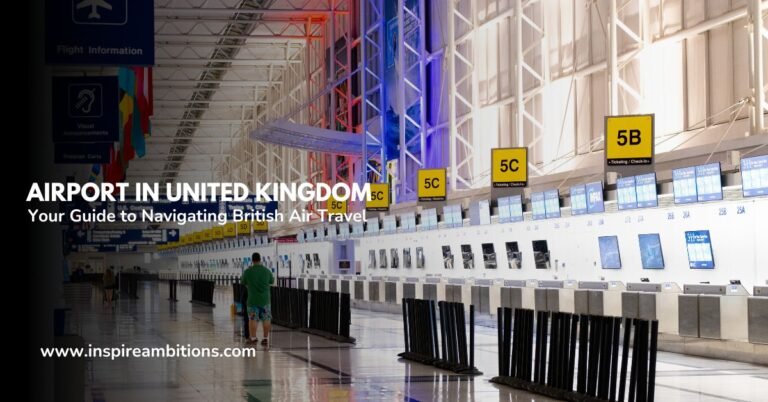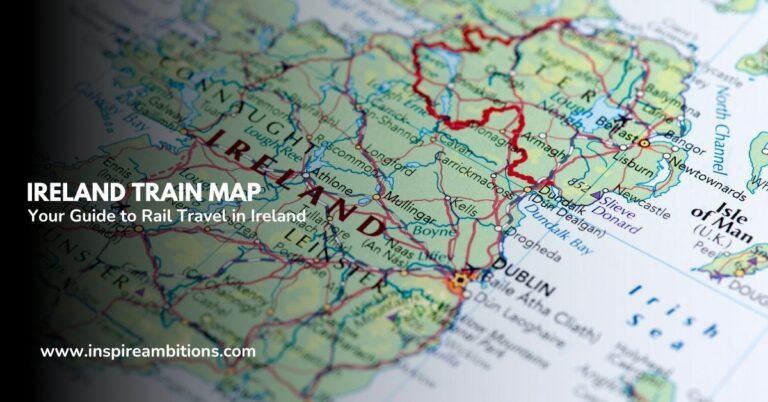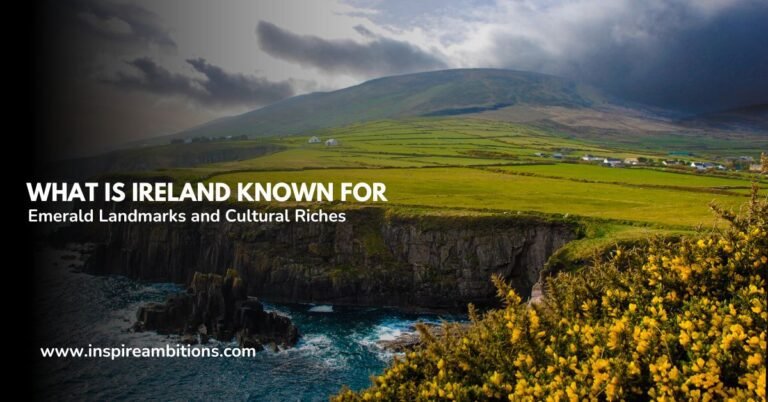Map of Northern Ireland – A Guide to Its Counties and Landmarks
Exploring a map of Northern Ireland invites you to discover the rich tapestry of history and culture interwoven in its landscape. Whether you’re interested in the ancient castles that dot the countryside or the vibrant streets of Belfast, a detailed map can be your guide.
Nestled in the northeast of the island of Ireland, Northern Ireland is part of the United Kingdom, highlighting a unique blend of British and Irish heritage that has shaped its cities and rural communities alike.
Your journey through Northern Ireland’s geography will reveal a diverse topography encompassing the rolling hills of the Antrim Plateau to the serene waters of Lough Neagh, which is central to the region’s highlands.
Utilizing a comprehensive map provides insights into the six historic counties, key features like the iconic Giant’s Causeway, and the remarkable landscape that characterizes Northern Ireland. It’s not just a navigation tool; it’s a window into the heart of one of the UK’s fascinating regions.
Begin your adventure by examining Northern Ireland’s intricate map, helping you grasp the juxtaposition of urban development and natural beauty.
As you trace the roads from bustling city centres to secluded glens, remember that these lines and symbols represent a living story—a narrative of people, past and present, and the land they call home.
भूगोल और परिदृश्य
Northern Ireland boasts a diverse terrain, from rugged coastlines to gentle lowlands, offering a rich tapestry of physical features that define its geography.
Physical Features
Northern Ireland, a region of the United Kingdom, is predominantly hilly. The most significant mountain ranges are the Sperrin Mountains, spanning Counties Tyrone and Londonderry, and the मोर्ने पर्वत in County Down, with Slieve Donard being the highest peak at 850 meters (2,789 feet).
The Antrim Plateau, alongside the celebrated जायंट्स कॉजवे in County Antrim, is another distinct geographic feature.
Major Cities and Towns
The vibrant capital city, बेलफास्ट, sits at the mouth of the River Lagan, nestled within the Lagan Valley lowlands. Derry, also known as Londonderry, is the second-largest city, and both play pivotal roles in the current and historical landscape of the region.
Other key towns include Armagh, Down, और Antrim, each contributing to the fabric of Northern Ireland’s urban geography.
Water Bodies and Rivers
At the heart of Northern Ireland lies Lough Neagh, the largest freshwater lake in the UK, significant for both navigation and wildlife.
The आयरिश सागर to the east and the अटलांटिक महासागर to the north envelop the region, while counties like Fermanagh are known for their intricate network of waterways, notably Lough Erne. Rivers, including the River Lagan, play an essential role in the connection of urban centres with surrounding landscapes.
Cultural and Historical Context
Northern Ireland, a country with a rich tapestry of history and modern vibrancy, stands out with its unique cultural identity. From the impact of the Ulster Plantation to the recent peace following sectarian violence, its landscape tells countless stories.
Historic Significance
Northern Ireland is steeped in a deep and multifaceted history. The six historic counties—Antrim, Down, Armagh, Tyrone, Fermanagh, and Londonderry—each bear witness to the country’s complex past. The influence of the Ulster Plantation in the 17th century, where settlers from Scotland and England arrived, is still evident not only in land ownership but also in the cultural mix, particularly Ulster Scots.
Furthermore, the country played a significant role during द्वितीय विश्व युद्ध, providing troops and acting as a training ground for soldiers, marking Northern Ireland’s strategic importance. Sites like the Ulster Museum offer a window into this intriguing history for both you and the interested tourist.
Modern-day Northern Ireland
Today’s Northern Ireland is a bustling place with an ever-growing population, और इसके capital city, Belfast, is an important economic and educational centre. While there has been strife in the past, modern Northern Ireland is known for its lively आर्ट्स एक scene and cultural diversity.
A matrix of main roads और यह Belfast International Airport have made the country accessible for locals, tourists, and businesses alike. Symbols like its flag and the celebration of both अंग्रेज़ी और Irish traditions reflect the personal heritage of the Northern Irish people.
You’ll also find a multitude of educational resources and personal accounts about Northern Irish life on many websites. Whether you’re walking the streets का Lisburn या Newry, you’re engaging with a living history set against the backdrop of the vibrant ब्रिटिश द्कदृरप.






